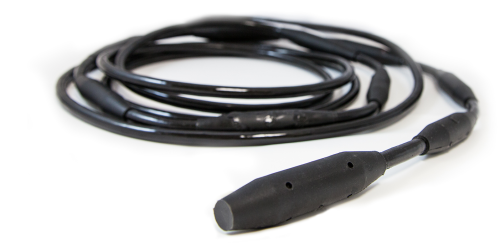The CS225 temperature string is a prime example of our commitment to providing the highest quality monitoring products in the world. Our revamped design, rigorous validation process, and stringent quality standards are all focused on providing the fantastic quality you require to reliably generate data you can trust, even in the harshest of environments.
The CS225 temperature string utilizes multi-point temperature profiles and SDI-12 digital technology for simple integration and reliability. The CS225 consists of an arrangement of temperature sensors mounted in rugged steel reinforced cable, permitting it to be buried, submerged, or integrated directly into structures. Temperature points are over-molded to provide long-term protection in all mediums. Each CS225 is custom manufactured.
Temperature profiling with the CS225 is suited for a wide variety of applications and environments, including boreholes, soils, water, frost, and permafrost monitoring.
Rigorous Tesing
We know clients need a really tough temperature string. These strings will be pulled through conduit, buried under concrete, frozen underground, and submersed in water, so quality is of the utmost importance. We put the CS225 through various tests to ensure it can withstand bending, pulling, pressure, freeze/thaw cycles, and temperature cycles. Tests were done to determine if physical and electrical integrity would be maintained; tests included:
- Straight Pull Test – Two mesh cable grips hold either end of the string while machines pull the ends in opposite directions. The string passed 40 kg (90 lb) pull test and withstood pulling of up to 150 lb!

- Through-hole Pull Test – Same as Straight Pull Test, but the string is pulled through a metal plate with a hole in the middle until a mould is butted up against the plate. The string passed a 40 kg (90lb) pull test.
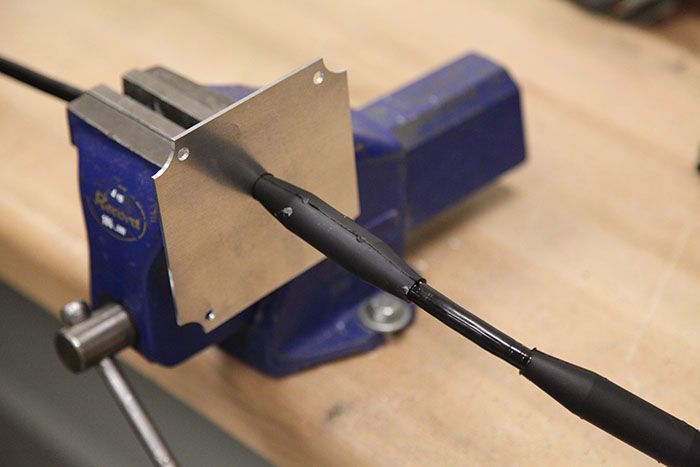
- 45° Bend Pull Test – A mould was clamped in place while the cable was bent testing the bend radius of the cable. The string passed with a bend radius of 6”.
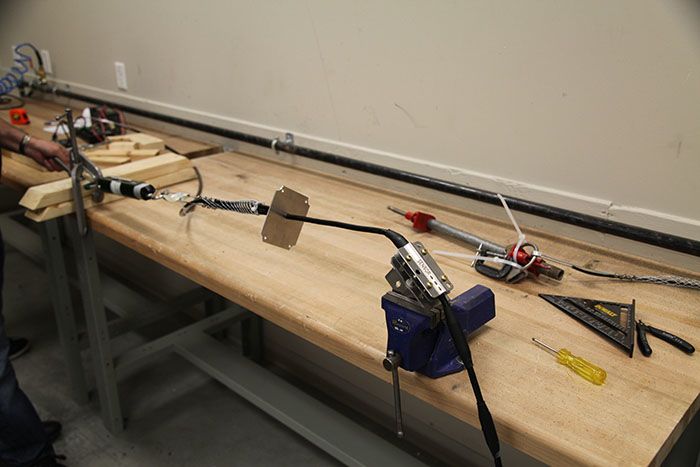
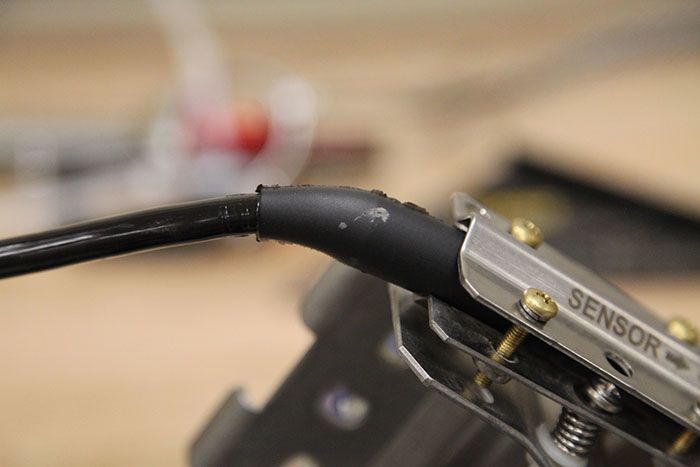
- Temperature Cycle Test – String placed in a temperature chamber was cycled four times from -55°C to +85°C.
- Freeze Thaw Test – String was submersed in water where temperature was brought down to -40°C and then thawed.
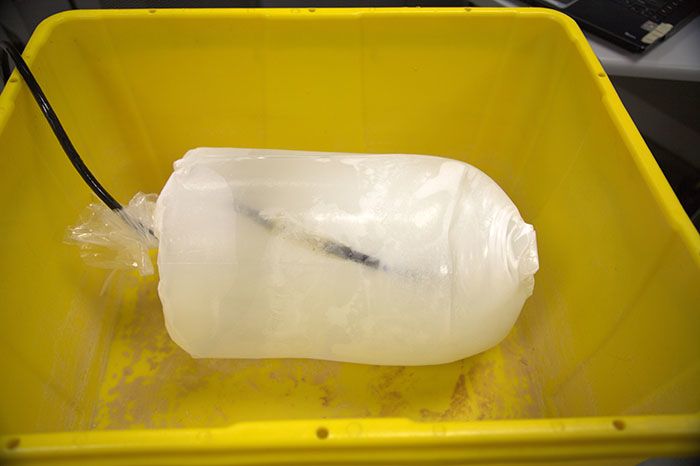
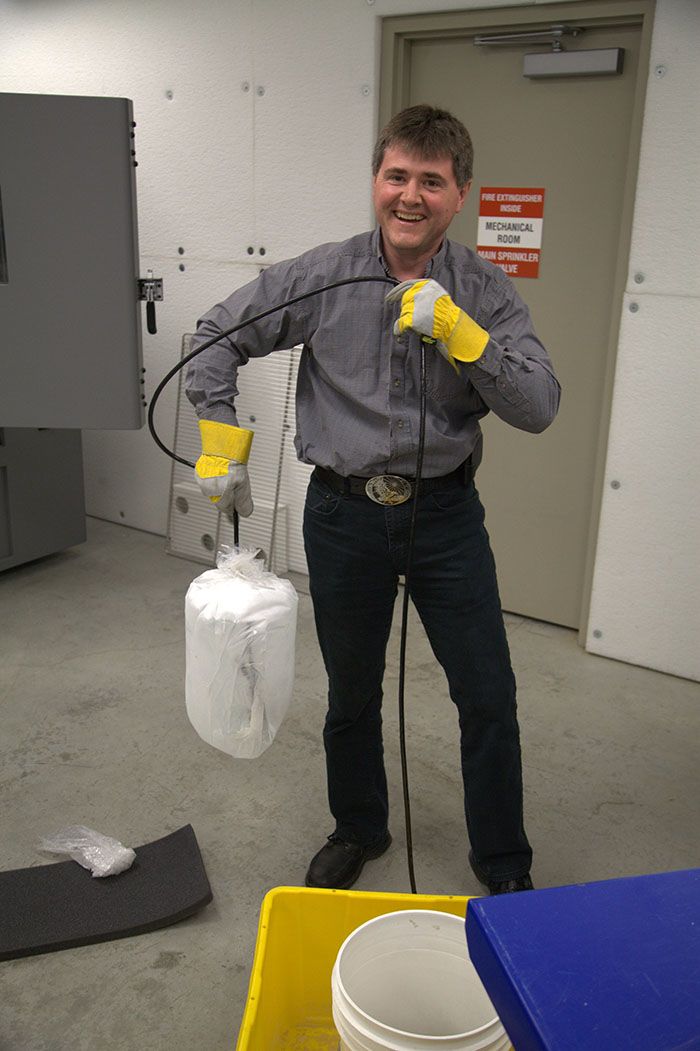
- Pressure Test – The string was placed in a pressure chamber simulating water pressure. The string passed 75 PSI pressure testing and withstood as high as 500 PSI!
Benefits and Features
-
Extremely rugged and thoroughly tested
-
Customizable measurement spacing to suit any number of applications
-
No calibration required
-
Excellent long-term stability of measurements

